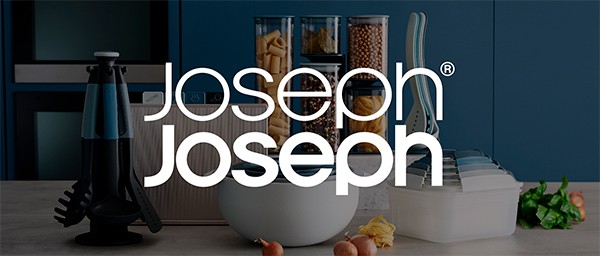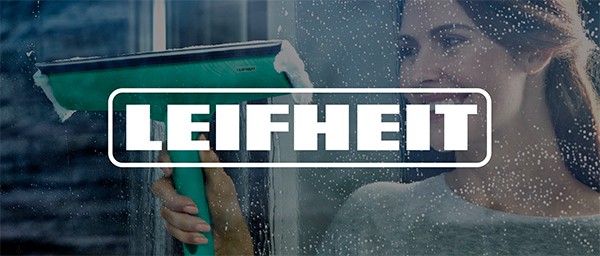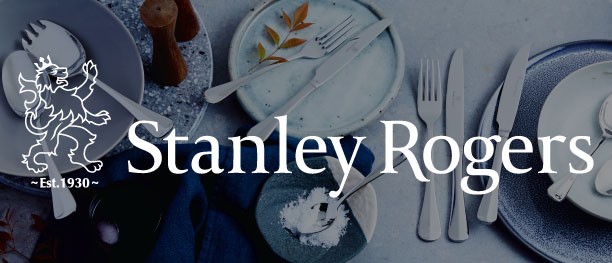


Intelligence And Creativity Transmission Model
Approx $43.75 USD
Understanding the Intelligence and Creativity Transmission Model
The Intelligence and Creativity Transmission Model provides a framework for understanding how intelligence and creativity are developed, nurtured, and transferred between individuals or across different contexts. This model delves into the processes by which ideas, skills, and knowledge related to intelligence and creativity are conveyed and enhanced within various environments, from educational institutions to workplaces and creative industries. It emphasizes the interaction between cognitive processes, environmental factors, and cultural influences in fostering both intelligence and creativity.
Key Components of the Intelligence and Creativity Transmission Model
1. Cognitive and Neural Foundations
At the core of the Intelligence and Creativity Transmission Model lies the understanding that both intelligence and creativity are deeply rooted in cognitive processes and neural activity. Intelligence generally refers to the ability to acquire and apply knowledge and skills, while creativity is the capacity to generate novel and valuable ideas. The model recognizes that intelligence and creativity are not separate domains but are interconnected. Neuroscientific studies show that both involve complex cognitive functions such as memory, problem-solving, and executive functions, all of which are influenced by neuroplasticity and brain development.
2. Environmental Influence
The environmental factors in the Intelligence and Creativity Transmission Model highlight how external conditions, including physical, social, and cultural environments, can facilitate or hinder the development of intelligence and creativity. Factors such as:
- Educational Systems: The role of formal and informal education in shaping creative and intellectual abilities.
- Social Interaction: The influence of peer groups, mentors, and collaboration on idea generation and the refinement of intellectual skills.
- Cultural Context: The impact of cultural values, societal expectations, and the arts on the expression of creativity and intelligence.
The environment is a powerful agent that shapes cognitive abilities by either providing stimulating opportunities or imposing constraints that limit creative and intellectual potential.
3. Transmission of Knowledge and Ideas
In the context of the transmission model, knowledge and ideas flow from one individual to another or from one group to another. This transmission can occur through various mechanisms:
- Mentorship and Guidance: Experienced individuals or mentors can significantly enhance the development of creativity and intelligence by providing guidance, feedback, and access to new ideas.
- Collaborative Interaction: Working in teams or group settings often enhances creative thinking by pooling diverse perspectives, knowledge, and skills. This exchange of ideas accelerates the transmission process.
4. Feedback Loops and Adaptation
The feedback loop in the Intelligence and Creativity Transmission Model refers to the continuous cycle of input, output, and adjustment that facilitates learning and creative improvement. Feedback can come from various sources such as peers, teachers, and the environment itself. This iterative process allows individuals to refine their ideas, modify strategies, and improve their cognitive abilities over time.
Creativity, for instance, thrives in environments where feedback is frequent and constructive. Intelligence, similarly, develops through adaptive learning processes, where mistakes and successes guide future decision-making and problem-solving. This dynamic process of adjustment and adaptation is central to both intelligence and creativity.
5. Individual Differences
While the transmission of creativity and intelligence occurs within a structured framework, individual differences significantly affect how each person engages with and benefits from these influences. Cognitive traits such as:
- Personality: Openness to experience, risk-taking behavior, and curiosity can enhance an individual’s creative potential and ability to process complex ideas.
- Motivation: Intrinsic motivation plays a significant role in fostering creativity. Individuals who are motivated by the satisfaction of creating and exploring new ideas are more likely to engage deeply in creative activities.
- Prior Knowledge: The extent to which an individual has accumulated knowledge in a specific domain influences their ability to generate creative solutions and demonstrate intellectual expertise.
These differences determine how effectively knowledge and creativity are transmitted and internalized.
6. Cultural and Social Transmission
Cultural and social networks play a crucial role in the transmission of creativity and intelligence. In a societal context, ideas and knowledge are often passed down through storytelling, educational systems, and institutional structures. Societies with rich intellectual traditions or those that prioritize innovation often create environments conducive to creativity. Similarly, social networks—such as professional communities, family support systems, and cultural movements—enable the transmission of ideas and foster creativity.
The model underscores that creativity and intelligence do not exist in isolation but are deeply intertwined with the social fabric that surrounds individuals. The culture, values, and social dynamics within a community can either promote or inhibit creative and intellectual development.
Applications of the Intelligence and Creativity Transmission Model
1. Educational Settings
In educational environments, the Intelligence and Creativity Transmission Model can be used to guide the development of curricula, teaching strategies, and learning experiences that nurture both intelligence and creativity. By understanding how knowledge is transmitted and how creative potential is unlocked, educators can design more effective and engaging learning experiences.
- Encouraging Collaboration: Encouraging group work and peer-to-peer learning can accelerate the transmission of knowledge and foster creative thinking.
- Personalized Learning: Recognizing the role of individual differences can help educators tailor learning experiences to suit the needs of each student, maximizing both their intellectual development and creative potential.
2. Workplaces and Innovation
The model has significant implications for workplace dynamics and innovation. Businesses and organizations can utilize this framework to foster creativity in the workplace by promoting collaborative environments, offering mentorship, and encouraging open communication of ideas. Providing a platform for feedback, idea exchange, and risk-taking can enhance both individual creativity and team-based innovation.
3. Technology and Digital Platforms
In the age of digital transformation, technology and social media platforms have revolutionized the transmission of creativity and intelligence. Online collaboration tools, educational platforms, and digital content-sharing spaces enable the rapid spread of ideas and foster global creativity. Understanding the dynamics of this transmission process can help businesses and educators design more effective virtual learning environments or platforms that encourage knowledge sharing and creativity.
4. Cultural and Creative Industries
For industries involved in arts and entertainment, the model helps explain how creativity flows and is shaped by cultural influences. By recognizing the role of cultural and social contexts, the model can guide the development of projects, films, art, or creative campaigns that resonate deeply with audiences while driving innovation.
Conclusion
The Intelligence and Creativity Transmission Model provides a comprehensive framework for understanding how intelligence and creativity are cultivated, nurtured, and transmitted across individuals, groups, and cultures. By recognizing the interaction between cognitive processes, environmental influences, and social networks, this model offers valuable insights for educators, businesses, and creatives looking to enhance both intellectual and creative development. As we continue to advance in a rapidly changing world, this model will remain essential in guiding how we foster and share ideas that lead to innovation and growth.
Product information:
Material: wooden
Functions: music/sound generation
Category: three-dimensional puzzle
Specification: 195 * 135 * 110mm
Applications: gifts, gifts, decorations, storage
Process: laser cutting, laser laser carving
Packing list:
Puzzle X1PCS






The product may be provided by a different brand of comparable quality.
The actual product may vary slightly from the image shown.


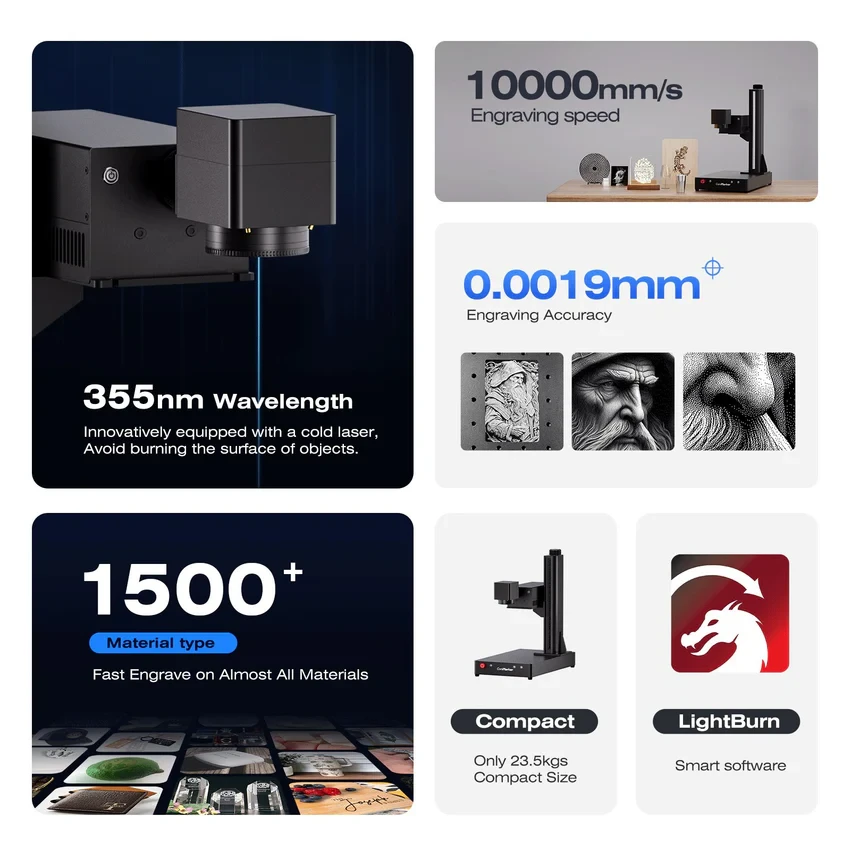


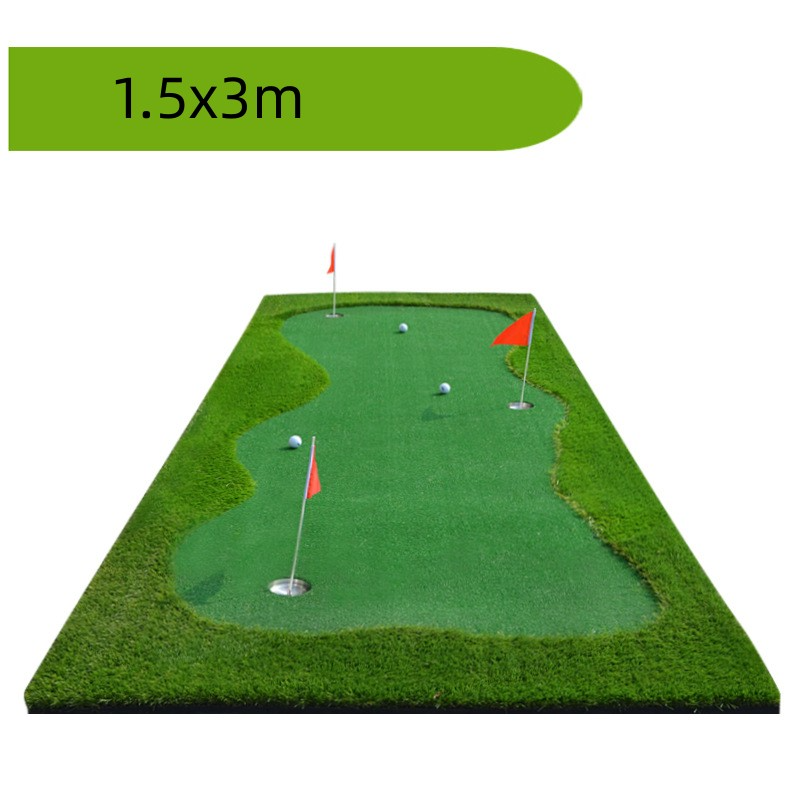
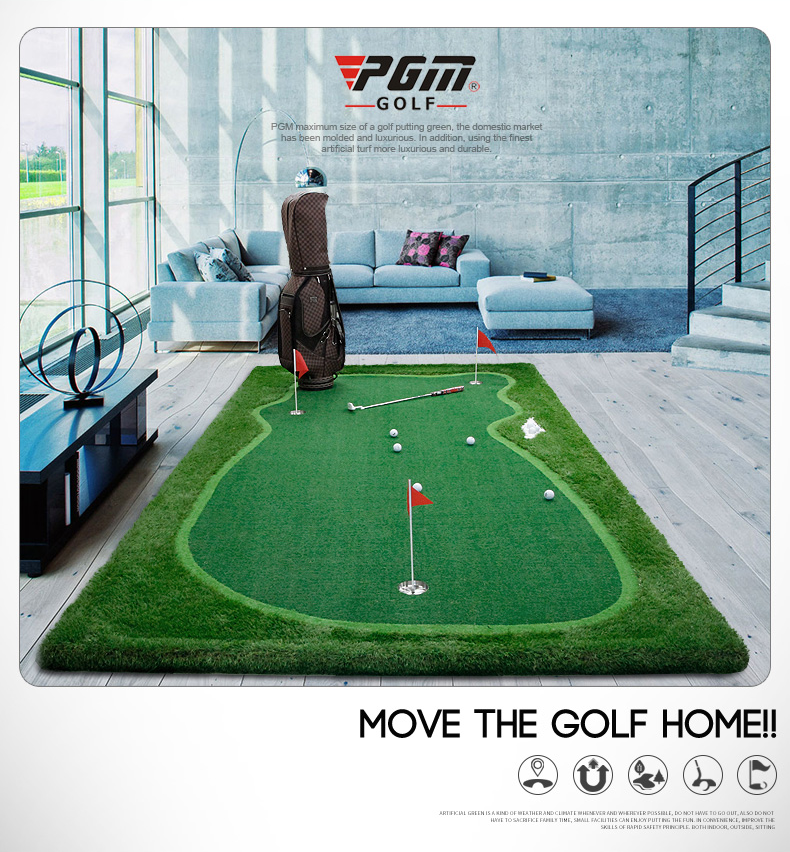
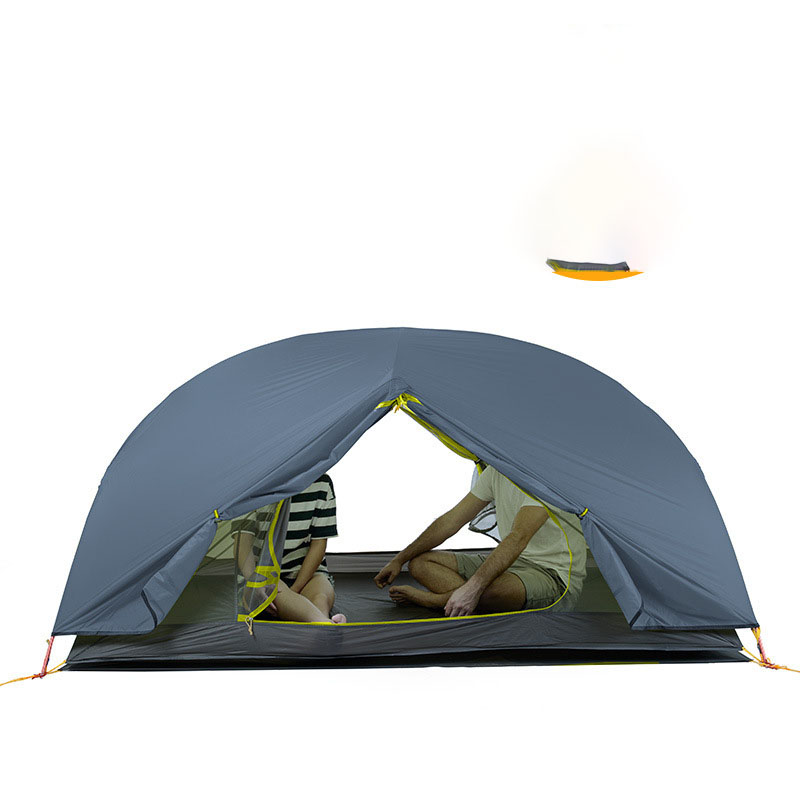

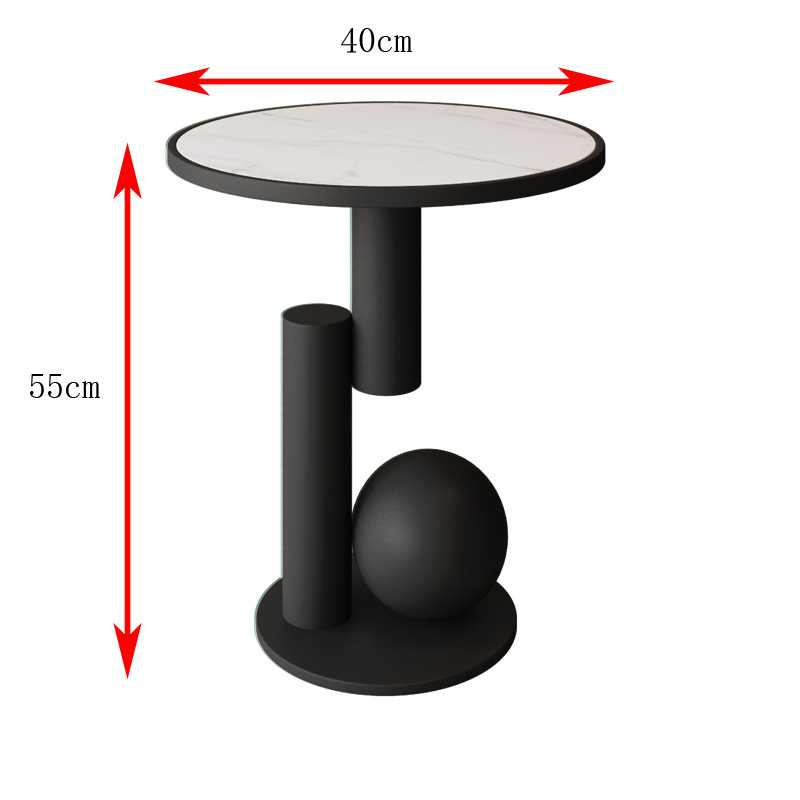









.jpg)

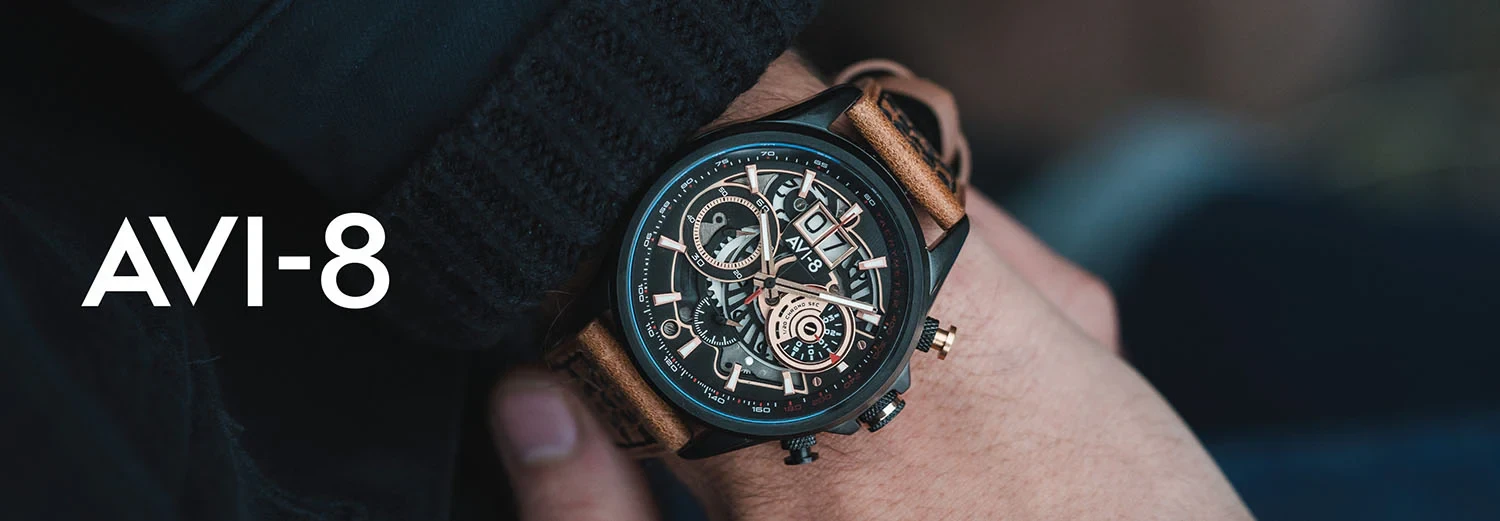







.jpg)





.jpeg)





.jpeg)



.jpeg)








.jpeg)



.jpeg)

.jpeg)

.jpeg)

.jpeg)




.jpeg)
.jpg)

.jpeg)






.jpeg)
.jpeg)




.jpeg)





.jpeg)


.jpeg)

.jpeg)

.jpeg)

.jpeg)







.jpeg)
.jpeg)
.jpeg)





.jpeg)



.jpeg)





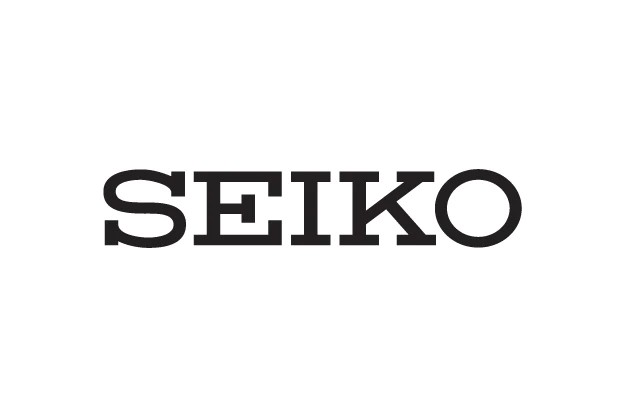
.jpg)
.jpeg)

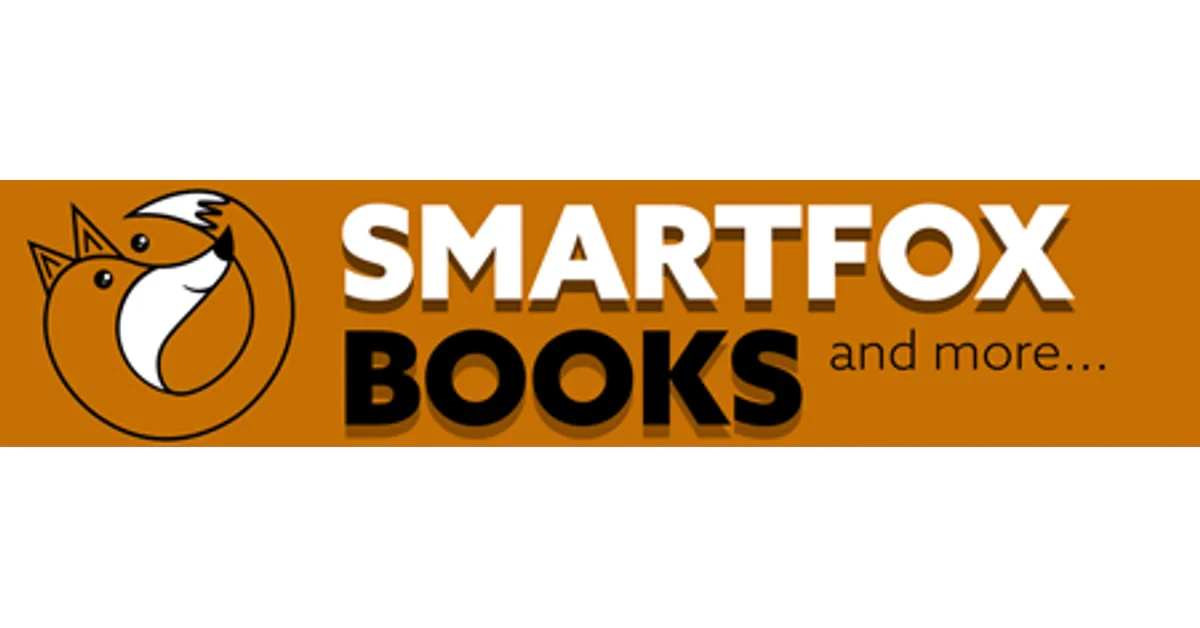







.jpg)


ulva-Logo.jpg)




.jpeg)



.png)




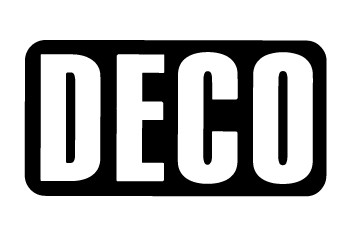



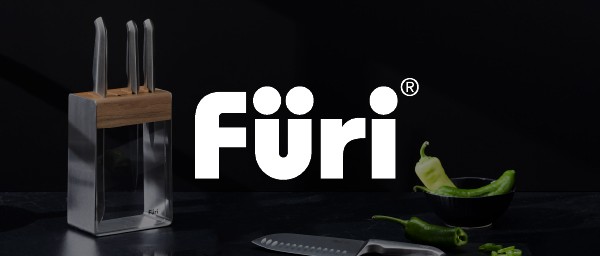






.png)
